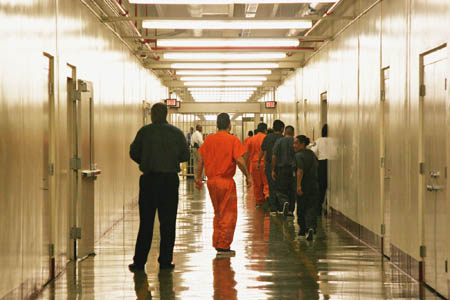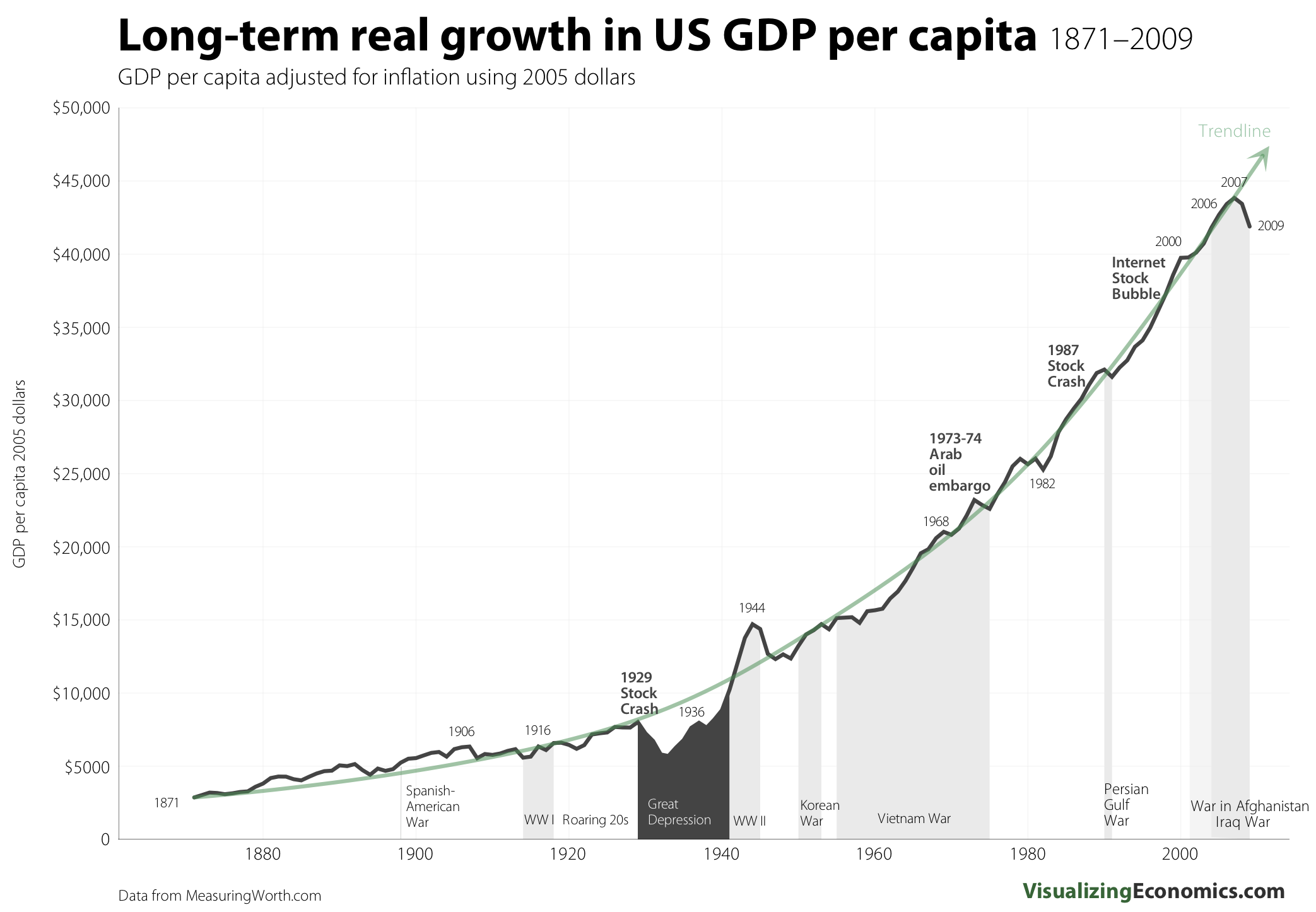As many of you know, there has been a recent influx of immigrants coming to the US from countries in central America due to violence in that region. For example, Honduras may be more dangerous now than Iraq was in 2007.
Look here for a previous Open Borders post on the subject.
Recently, my wife and I discussed the possibility of doing something more substantial to show our support for immigrants. We decided to contact an organization that was negotiating with ICE to allow US citizens to temporarily house detained immigrants instead of keeping them in prison-like facilities. Recently, we received notice that the US government would rather just spend more money and build more detention facilities. This despite the fact that alternate methods may be hundreds of times cheaper. I am including the full text of the letter below:
(Note: I am not Catholic, but this happens to be from a Catholic charity.)
Greetings everyone—
First, thank you all for your expressed interest in responding with hospitality to the recent migrant families arriving to the U.S. this summer.
The response to our request for assistance has been tremendous. It is truly a testament to the good will present in so many communities that so many people are ready and willing to open their homes and as Jesus taught us “welcome the stranger”.
When we were approached by DHS in June, they were concerned about the number of families that they were forced to detain because they did not have family ties in the U.S. They asked us to reach out to our networks for help and you all responded with overwhelming compassion.
Unfortunately, the Department of Homeland Security’s Immigration and Customs Enforcement unit (ICE) has recently notified us that they do not intend to release the families arriving on the southern border currently held in their facilities. In addition, they will be increasing the capacity of their detention facilities and expediting the deportation of these families. This is a new policy decision that comes directly from the Administration.
As you can imagine, we are not only disappointed by the decision, but very concerned about the fate of these hundreds of families and future arrivals, which include a significant number of women and children. Several years ago, ICE detained families and the psychological impact on the families, particularly children, was devastating. So much so that, following a 2007 lawsuit, families have not been detained- until now. ICE is currently holding over 600 people at a newly opened detention center in Artesia, New Mexico and plans to begin housing families in a 600-bed detention facility in Karnes City, Texas.
As Catholics, we are not only called to show compassion and welcome the stranger, but protect family values, irrespective of one’s nationality or immigration status. Detaining families is inhumane, undignified, and violates basic human rights. In addition to the moral and human rights concerns, immigrant detention has proven to be costly to taxpayers and an ineffective migration deterrent.
Here at USCCB, we will be working diligently to continue to assist detained migrants through our Alternatives to Detention Program, as well as our advocacy work. We ask that you stand in solidarity with us and also work to ensure that the most vulnerable are protected.
So, while there does not appear to be an immediate need for housing, there is a clear need for advocacy on behalf of the detained families and there are likely local opportunities to assist with the families that were initially released (ICE reported that about 30,000 individuals in family units were released in the early weeks of the influx), as well as those families who are now caring for their children, nieces and nephews, etc. who arrived unaccompanied.
Here are a few things that you can do:
- Reflect on Catholic Social Teaching on Migration. Pray that migrants all over the world are protect, provided with safe passages, and treated with dignity and respect.
- Learn more about the issue of family detention by reading our backgrounder.
- Advocate against family detention by contacting your congressional representative.
- Contact your local Catholic Charities or other ministries that support immigrants and find out what support they may need.
- For those located near the current family detention centers, consider providing pastoral or other services to the detained families (let us know at MRSHospitality@usccb.org
if you are interested specifically in “visitation”)- Support the Alternative to Detentions program by donating to the National Catholic Fund for Migration and Refugee Services.
Caitlin Nuraliev
Program Associate
Migration and Refugee Services
United States Conference of Catholic Bishops
3211 4th Street, NE
Washington, DC 20017
MRS Vision Statement: “Creating a world where immigrants, refugees, migrants, and people on the move are treated with dignity, respect, welcome, and belonging.”
Featured image credit: Los Angeles Times immigration detention report



